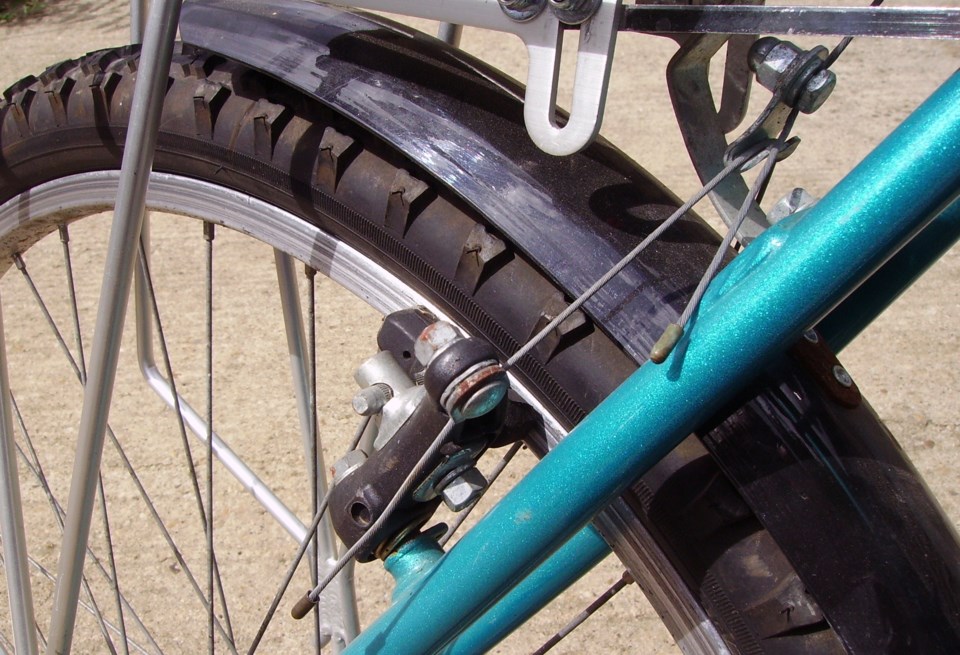When it comes to bike components, it really doesn’t get much more important than brakes.
Of course all of your components contribute to the feel of the individual bike and overall cycling experience, but being able to stop when you need to can literally mean the difference between life and death in some situations.
I’ve had a couple of enquiries recently about the advantages and disadvantages of the various different kinds of brakes that are available, and whether I have a personal preference among them. So in response, here’s a rough guide to the basics of common bike brakes.
Rim brakes
Rim brakes, where squeezing the brake lever causes two pads to grip the rim of the wheel and slow it down, remain the most popular kind of brake.
The primary advantages of rim brakes are their relatively low cost, easy maintenance and the fact that they’re considerably lighter than other types of brakes.
Any rider who’s concerned about weight will usually opt for rim brakes.
On the flip side the pads wear out relatively quickly, and eventually they will wear out the rim.
More importantly for Vancouverites, rim brakes aren’t as effective in wet or muddy conditions.
Disk brakes
Disk brakes, which were originally used mostly on off-road bikes but are starting to become more common on commuters and hybrids, consist of a metal disk attached to the wheel hub.
On braking, pads grip this metal disk to slow the bike.
Disk brakes are heavier and more expensive than rim brakes, and quite a bit more fiddly to maintain, but provide a huge gain in performance that’s especially noticeable in wet conditions.
Disk brakes come in cable or hydraulic versions; the latter use fluid to actuate the braking mechanism, increasing performance further.
I’m a big fan of disk brakes, given how much time I spend riding in the rain, and consider the advantages well worth the weight and cost penalty.
Drum brakes
Drum brakes are fully enclosed, with two pads pushing against the inside of the hub when the brakes are engaged.
The biggest advantage of drum brakes is that because the entire braking mechanism is inside a cylinder, they aren’t subject to as much wear and tear and they provide a strong performance in all conditions.
For this reason, they’re popular on heavier cycles like cargo bikes and adult trikes.
On the down side, they do come with a weight penalty and when repair is required, it’s more complicated.
Coaster brakes
Coaster brakes are a kind of drum brake that are engaged by back pedaling rather than squeezing a brake lever on the handlebars.
They’re most common on single speed bikes, though they can also be found on bikes with internal-hub gears.
Like other drum brakes, coaster brakes are durable and provide good performance in wet conditions, but they also come with significant disadvantages.
They’re slower to apply than lever brakes, and it’s easy to over-apply them and lock up the rear wheel.
There are a few other types of brakes but these are the ones you’re most likely to encounter in day-to-day riding.
As to the right brakes for a particular rider? Give them a try and see which you prefer.
As long as they enable you to stop quickly and confidently when you need to, there’s really no wrong answer.
• • •
Kay Cahill is a cyclist and librarian who believes bikes are for life, not just for commuting.
Read more at sidecut.ca, or send a comment to [email protected].



